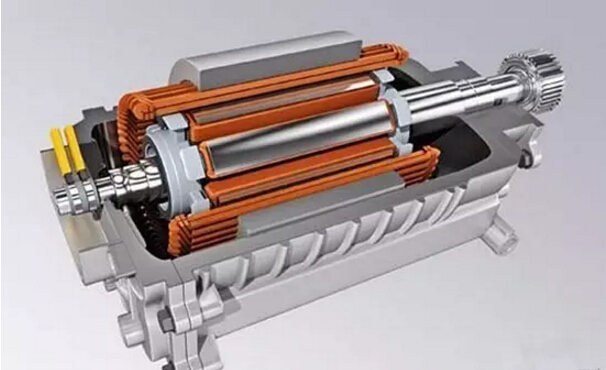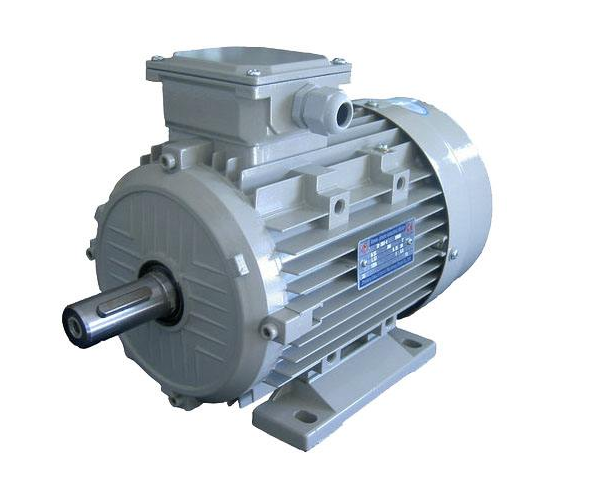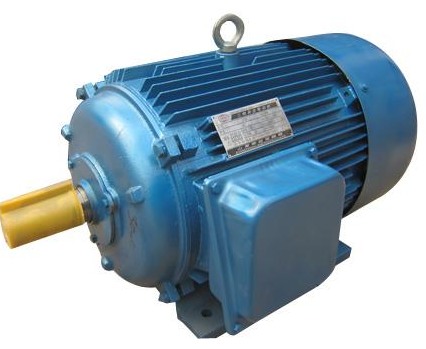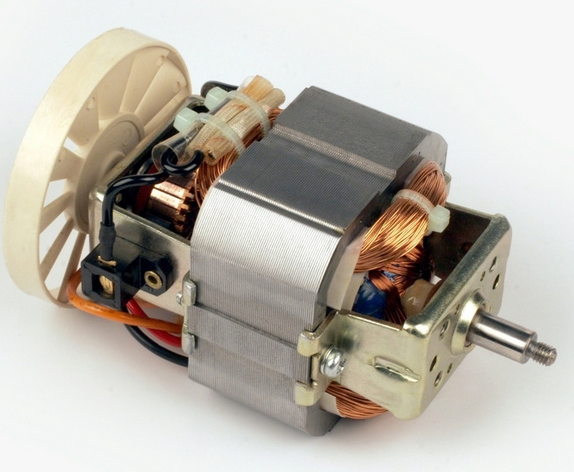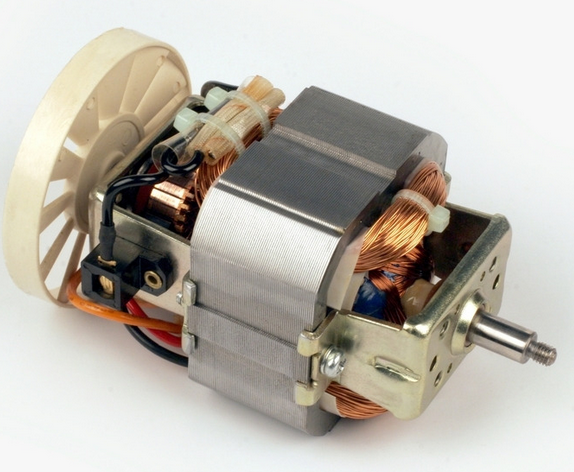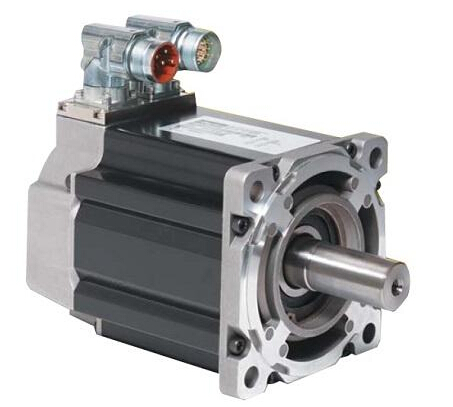Main circuit: The main circuit is from the power supply to the motor or the end of the circuit, is a strong current through the circuit.
Auxiliary circuit: Auxiliary circuit is a small current through the circuit
Speed relay: The speed of the non-electrical signal detection input device, which can be measured when the speed up or down to a predetermined value of the predetermined output switching signal.
Relays: A relay is a control element that takes advantage of changes in various physical quantities to convert electrical or non-electrical signals into electromagnetic force (contact style) or to step-change the output status (contactless)
Thermal relay: is the use of current thermal effects of the principle of work to protect electrical appliances.
AC relay: to attract the coil current for the exchange of relays.
Temperature relay: The use of overheated components indirectly reflect the temperature of the winding and the action of the protective relay is called temperature relay.
Jog circuit: Press the jog button, the coil energized pull, the main contact is closed, the motor access to three-phase AC power, start rotating; release button, the coil is de-energized, the main contact is disconnected, the motor power off turn.
Pole speed: asynchronous motor speed control, changing the stator pole pairs of speed control methods.
Frequency Control: Induction motor speed control, change the speed of the power frequency method.

Three-phase asynchronous motor energy braking principle: Energy consumption braking is in the motor stop cutting off the three-phase stator winding power at the same time, the stator winding connected to the DC power supply to produce static magnetic field, the use of rotor induction current and static magnetic field interaction, A braking torque is generated for braking.
Three-phase asynchronous motor reverse brake works: reverse brake is stopped in the motor, the stator windings to change the phase sequence of three-phase power, so that the stator winding rotating magnetic field reversal of the rotor by the rotation of the opposite direction of the brake Moment of action and quickly stop.
What is the difference between short-circuit protection and overload protection: the circuit will have a great short-circuit current and electrodynamic force in the event of a short circuit, which will damage the electrical equipment. Need to quickly cut off the power. Common short-circuit protection components are fuses and automatic switch.
Motor allows short-term overload, but long-term overload operation will lead to the winding temperature rise exceeds the allowable value, but also power to protect the motor. Common overload protection components are thermal relays
















 RCCN WeChat QrCode
RCCN WeChat QrCode Mobile WebSite
Mobile WebSite